Hey there! I'm the founder of Teaisle, I've always been fascinated by how a single plant, the Camellia sinensis, can create such a diverse range of flavors, aromas, and health benefits. Whether you're a tea enthusiast or just starting your tea journey, this guide is here to help you explore the different types of tea you'll find on our shelves and beyond.
Let's dive in!
The Origins of Tea
Tea has a rich history that dates back thousands of years. It is believed to have originated in ancient China, where it was first used as a medicinal drink. According to legend, Emperor Shen Nong discovered tea in 2737 BC when tea leaves accidentally fell into his boiling water. The emperor, known for his knowledge of herbs, found the resulting infusion to be refreshing and invigorating. From there, tea spread throughout China and eventually made its way to Japan, India, and the rest of the world. Tea became an integral part of culture and tradition in many societies, evolving from a medicinal brew to a daily beverage enjoyed by millions.
What is Tea, Anyway?
Before we jump into the specifics of each type, let's quickly cover what tea actually is. All "true" teas—green, black, white, oolong, pu-erh—come from the same plant: Camellia sinensis. The difference in flavor and appearance comes from how the leaves are processed. This is why each type has its own unique flavor profile, from fresh and floral to bold and earthy.
6 Types of Tea
White Tea: The Gentle Giant
White tea is one of the lightest, most delicate teas you'll ever taste, and it's actually one of my personal favorites. Its subtlety and elegance make it a true gem in the tea world. The name “white tea” comes from the fine, silvery-white hairs that cover the young tea buds, which give the leaves a slightly silvery appearance. These buds are handpicked during the early spring harvest, ensuring the highest quality and freshness.
What makes white tea so unique is its minimal processing. Unlike other teas, the leaves are simply plucked, withered, and dried, with no oxidation or rolling involved. This gentle handling preserves the natural antioxidants, polyphenols, and delicate flavors of the tea. It's often considered the closest you can get to tasting tea in its purest form.
- Flavor Profile: Light, sweet, and floral with hints of honey, melon, or apricot. Its soft taste makes it perfect for those who enjoy a gentle, almost tea-infused water experience.
- Best for: When you're looking for a calm moment to yourself—ideal for a quiet morning or a relaxing evening.
- Health Perks: White tea is packed with antioxidants, particularly catechins, which are known to promote skin health, support the immune system, and may even reduce the risk of chronic diseases. Studies have shown that white tea has anti-aging properties and can help protect the skin from damage caused by UV rays. It's also low in caffeine, making it a great choice for those sensitive to stimulants.
- Origin Spotlight: White tea is traditionally produced in the Fujian province of China, where the climate and soil create the perfect conditions for growing these delicate leaves. The most famous varieties include Silver Needle (Bai Hao Yin Zhen), made exclusively from young buds, and White Peony (Bai Mudan), which includes a mix of buds and young leaves.
Green Tea: Fresh and Energizing
If you're looking for something fresh and vibrant, you can't go wrong with green tea. It's like a burst of energy in a cup, with its bright, grassy flavor and invigorating aroma. Green tea has been cherished for thousands of years, especially in China and Japan, where it's not just a drink but a cultural cornerstone. Legend has it that green tea was discovered by Emperor Shen Nong in 2737 BC when tea leaves accidentally fell into his boiling water—a happy accident that changed the world!
What sets green tea apart is its minimal oxidation. After the leaves are picked, they're quickly steamed (in Japan) or pan-fired (in China) to halt the oxidation process. This step preserves the tea's natural green color, fresh flavor, and high levels of antioxidants. The result is a tea that feels alive, with a crisp, clean taste that lingers on your palate.
- Flavor Profile: Fresh, slightly grassy, with a mild bitterness that feels refreshing. Depending on the variety, you might also detect notes of seaweed (in Japanese Sencha), chestnut (in Chinese Long Jing/Dragon Well), or even floral undertones (in Jasmine Green Tea).
- Best for: A morning pick-me-up or afternoon refreshment—without the jittery side effects of coffee. It's perfect for those moments when you need a little boost but still want to stay calm and focused.
- Health Perks: Green tea is a powerhouse of health benefits, thanks to its high levels of antioxidants like EGCG (epigallocatechin gallate). Studies have shown that green tea can boost metabolism, improve brain function, and support heart health. It's also been linked to a reduced risk of chronic diseases, such as diabetes and certain types of cancer. A review published in the Chinese Medicine highlights these benefits in detail.
- Cultural Spotlight: Green tea is deeply rooted in traditions like the Japanese tea ceremony (Chanoyu), where every step, from preparation to serving, is a meditative practice. In Chinese culture, it's often enjoyed as a daily ritual, symbolizing harmony and balance.
- Recommended Varieties: If you're new to green tea, start with a classic like Sencha, which is vibrant and slightly sweet, or Dragon Well (Longjing), known for its nutty flavor and smooth finish. For something aromatic, try Jasmine Green Tea, where green tea leaves are infused with jasmine flowers for a floral twist.
Oolong Tea: A Beautiful Balance
Oolong tea sits right in the middle between green and black tea—a true masterpiece of tea craftsmanship. What makes oolong so special is its partial oxidation, which can range from 10% to 70%, giving it a unique spectrum of flavors that can be light and floral or dark and roasty. This level of oxidation is carefully controlled, often involving skilled artisans who roll, twist, or roast the leaves to perfection. The result? A tea that's as complex as it is versatile.
- Flavor Profile: Rich, layered, and incredibly nuanced. Depending on the oxidation level, oolong can have notes of orchids, honey, peaches, or even roasted nuts. For example, Tie Guan Yin (Iron Goddess of Mercy) is renowned for its floral aroma and silky texture, while Da Hong Pao (Big Red Robe) offers a bold, mineral-rich flavor with a smoky finish.
- Best for: Tea enthusiasts who want to explore the depth and complexity of tea without diving into the boldness of black tea. Oolong is perfect for an afternoon pick-me-up or as a companion to a meal—especially dim sum or light desserts. Its ability to be steeped multiple times makes it a favorite for gongfu tea ceremonies, where each steeping reveals new layers of flavor.
- Health Perks: Oolong tea is packed with antioxidants, including polyphenols and catechins, which can support digestion, boost metabolism, and help with weight management. Studies have shown that oolong tea can improve lipid metabolism and may even reduce the risk of heart disease. A study published in Food Science and Human Wellness highlights its role in promoting weight loss and improving overall metabolic health.
- Cultural Spotlight: Oolong tea is deeply rooted in Chinese and Taiwanese traditions. In Taiwan, Dong Ding Oolong is a local treasure, while in China's Fujian province, Tie Guan Yin is celebrated as a national treasure. The art of making oolong is often passed down through generations, with meticulous attention to detail in every step of the process.
Black Tea: Bold and Full of Life
Black tea is the powerhouse of the tea world, known for its deep, rich flavors and invigorating qualities. It's the most consumed type of tea globally, and for good reason—it's bold, versatile, and utterly satisfying. The secret to its robust character lies in its full oxidation process, which transforms the green tea leaves into a dark, aromatic brew. If you're someone who loves a tea that really packs a punch, black tea is your ultimate go-to. But there's so much more to this beloved beverage than just its bold flavor.
- Flavor Profile: Black tea is celebrated for its bold and complex flavors, ranging from malty and sweet (Assam) to smoky and earthy (Lapsang Souchong). Darjeeling offers a delicate, floral touch, while Earl Grey brings a citrusy twist with its bergamot infusion.
- Best for: Perfect for a morning pick-me-up, black tea's caffeine content provides an energizing start to the day. It's also a great choice for pairing with milk and sugar in classic blends like English Breakfast or as a refreshing iced tea during warmer months.
- Health Perks: Black tea supports heart health, boosts focus, and of course, it's got more caffeine than the others, so it'll give you a solid energy boost. Research published in the European Journal of Clinical Nutrition suggests that regular consumption of black tea can reduce the risk of cardiovascular diseases.
- Cultural Spotlight: Black tea is central to many cultural traditions, from British afternoon tea to Indian masala chai. In Russia, it's brewed strong in a samovar and served with lemon or jam, while in China, Lapsang Souchong's smoky flavor is a unique regional specialty.
Pu-erh Tea: Earthy and Unique
Ah, pu-erh. This one's a little special. Unlike other teas, pu-erh undergoes a unique fermentation process, and some varieties are aged like fine wine, developing complex flavors over time. It's an acquired taste, but for those who appreciate its deeply earthy and rich character, pu-erh is a treasure waiting to be discovered.
- Flavor Profile: Pu-erh tea boasts a robust, earthy flavor with notes of wood, mushrooms, and sometimes a hint of sweetness. Young pu-erh is fresh and slightly astringent, while aged pu-erh becomes smoother, richer, and more mellow, with a lingering, almost medicinal aftertaste.
- Best for: Pu-erh is ideal for those who enjoy bold, full-bodied teas that feel grounding and indulgent. It's perfect for sipping after a heavy meal, as its fermentation process aids digestion and helps break down fats. Its earthy warmth also makes it a favorite for cooler seasons or lazy afternoons.
- Health Perks: Pu-erh tea is renowned for its digestive benefits, thanks to its fermentation process, which produces beneficial microbes. It's also rich in antioxidants that support heart health, reduce cholesterol, and promote weight loss.
-
Cultural Spotlight: Pu-erh tea is deeply rooted in Chinese culture, particularly in Yunnan Province, where it originated. Aged pu-erh is often considered a collector's item, with some cakes (compressed tea leaves) fetching high prices due to their rarity and complexity. It's a tea that's meant to be savored slowly, reflecting its storied history and craftsmanship.
Herbal Tea: A Whole Different World
Now, let's talk about herbal teas. These aren't technically “true” teas since they're crafted from herbs, flowers, fruits, and spices rather than the Camellia sinensis plant, but they've carved out a special place in the tea world. Caffeine-free, versatile, and brimming with flavor, herbal teas are a delightful way to explore the natural world in a cup. And let's be honest, who doesn't love a soothing cup of chamomile or a refreshing peppermint brew to wind down?
- Flavor Profile: Herbal teas offer an incredible range of flavors, from the floral sweetness of hibiscus to the zesty tang of lemongrass. Chamomile brings a gentle, honey-like warmth, while peppermint offers a cool, refreshing kick. Rooibos, often called “red tea,” has a naturally sweet, nutty flavor, and ginger tea adds a spicy, invigorating twist. The possibilities are endless!.
- Best for: Herbal teas are perfect for any time of day, especially for those who want to avoid caffeine. They're ideal for relaxation (chamomile, lavender), digestion (peppermint, ginger), or simply enjoying a flavorful, hydrating drink. Many herbal teas are also fantastic as iced teas or blended with honey, lemon, or fruits for added depth.
- Health Perks: Herbal teas are a powerhouse of natural benefits. Chamomile is known for its calming properties, while peppermint aids digestion and soothes headaches. Ginger tea helps with nausea and inflammation, and hibiscus is rich in antioxidants that support heart health. Rooibos, naturally caffeine-free, is packed with minerals and can even boost skin health.
How to Choose the Right Tea for You
With so many types of tea available, selecting the perfect one can feel overwhelming. Start by considering your taste preferences—do you enjoy bold, robust flavors or something light and delicate? Health goals can also guide your choice: green tea is packed with antioxidants, black tea offers an energizing caffeine boost, and herbal teas provide caffeine-free relaxation. If you're new to tea, start with a classic like black or green, then experiment with oolong, white, or herbal varieties to discover what suits you best. For a deeper dive into finding your perfect tea match, check out our comprehensive guide here [insert link]
Brewing Tips for the Perfect Cup
One last thing—brewing tea! Each type of tea has its own ideal brewing conditions, and getting it right makes all the difference. Here's a quick guide to make sure you're brewing your tea perfectly every time:
- White Tea: Water temperature: 160-170°F (70-75°C), steeping time: 2-3 minutes.
- Green Tea: Water temperature: 170-180°F (75-80°C), steeping time: 2-3 minutes.
- Oolong Tea: Water temperature: 180-200°F (80-90°C), steeping time: 3-5 minutes.
- Black Tea: Water temperature: 200-212°F (93-100°C), steeping time: 3-5 minutes.
- Pu-erh Tea: Water temperature: 200-212°F (93-100°C), steeping time: 5-7 minutes.
- Herbal Tea: Water temperature: 212°F (100°C), steeping time: 5-7 minutes.
Steeping time is very important: over-steeping can lead to bitterness, while under-steeping may leave the flavor underdeveloped. Start with the recommended steeping time for your tea type, then adjust to suit your taste. Ready to become a tea-brewing expert? Explore our detailed guide to mastering the art of tea preparation here [insert link].
There you have it—a crash course on the types of tea. Whether you're in the mood for something light and delicate or bold and strong, there's a tea for every taste and every moment. At Teaisle, we offer a variety of premium teas that cover all of these types, so you can find your perfect cup.
So, what's your favorite? let me know or contact us directly through the chat tool on our website, I hope this helps you get started on your tea journey. I'm here if you need any more tips or have any questions—happy brewing!

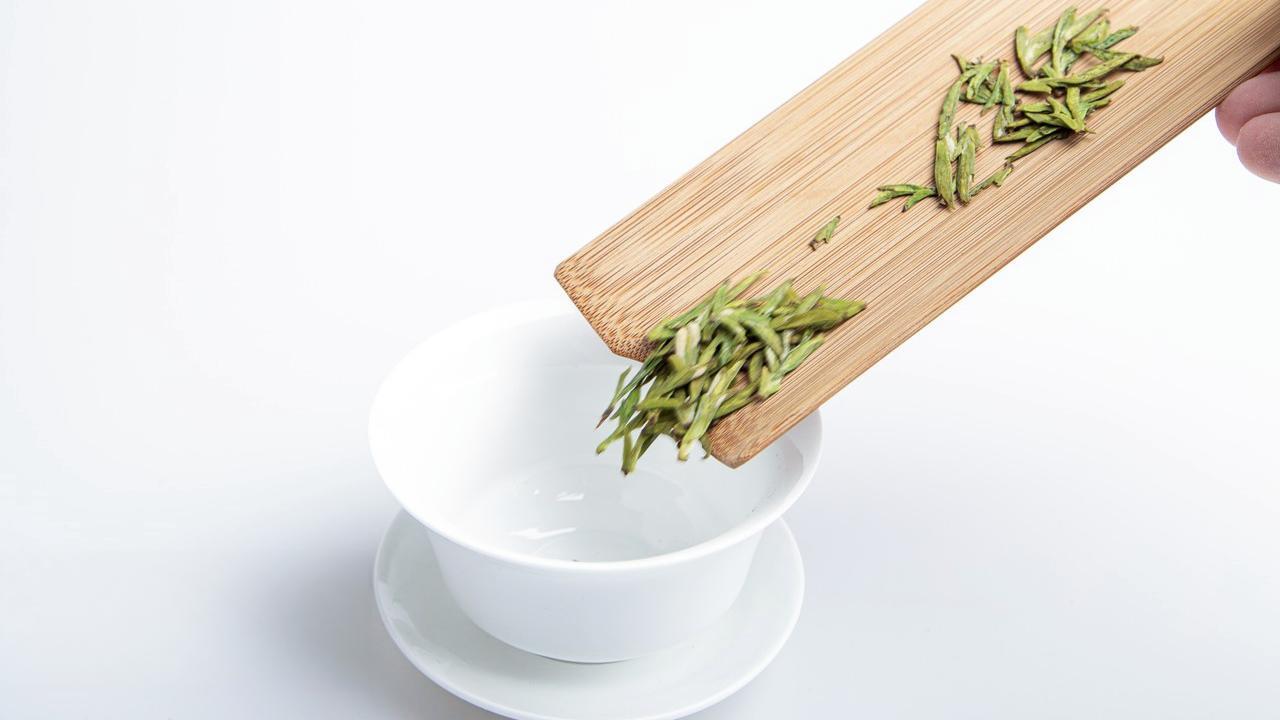
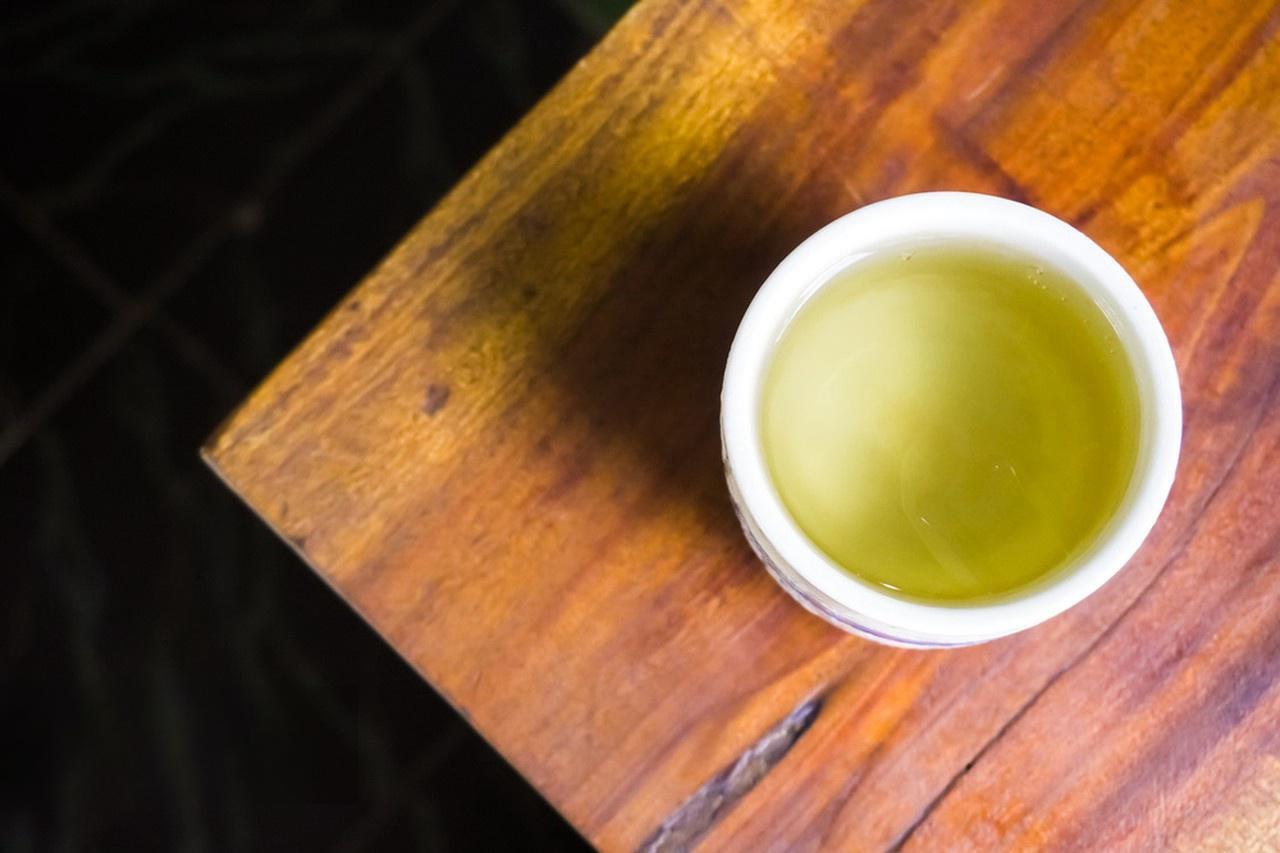
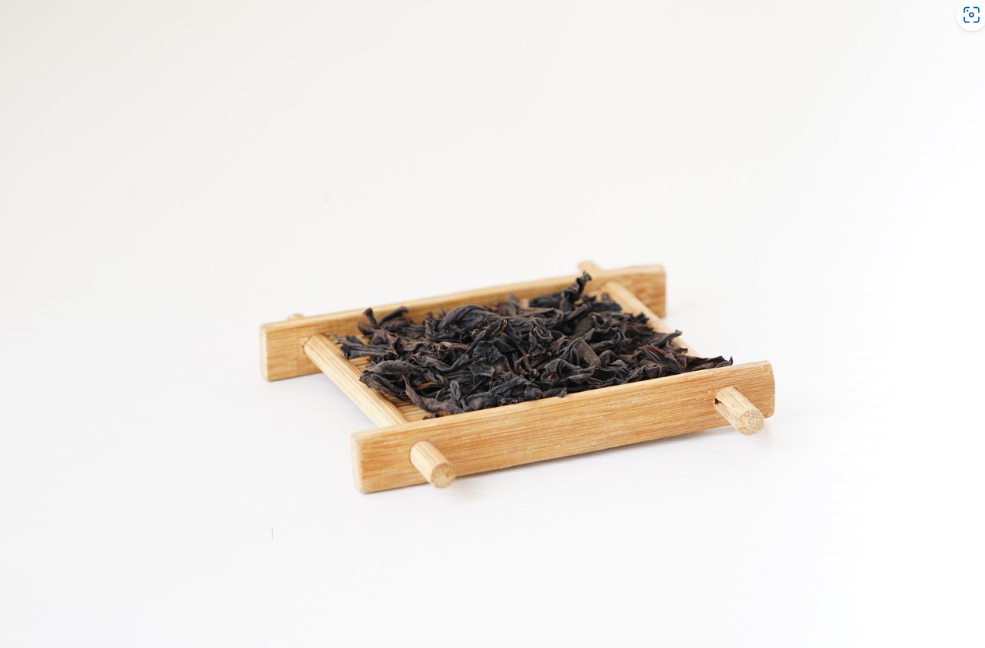
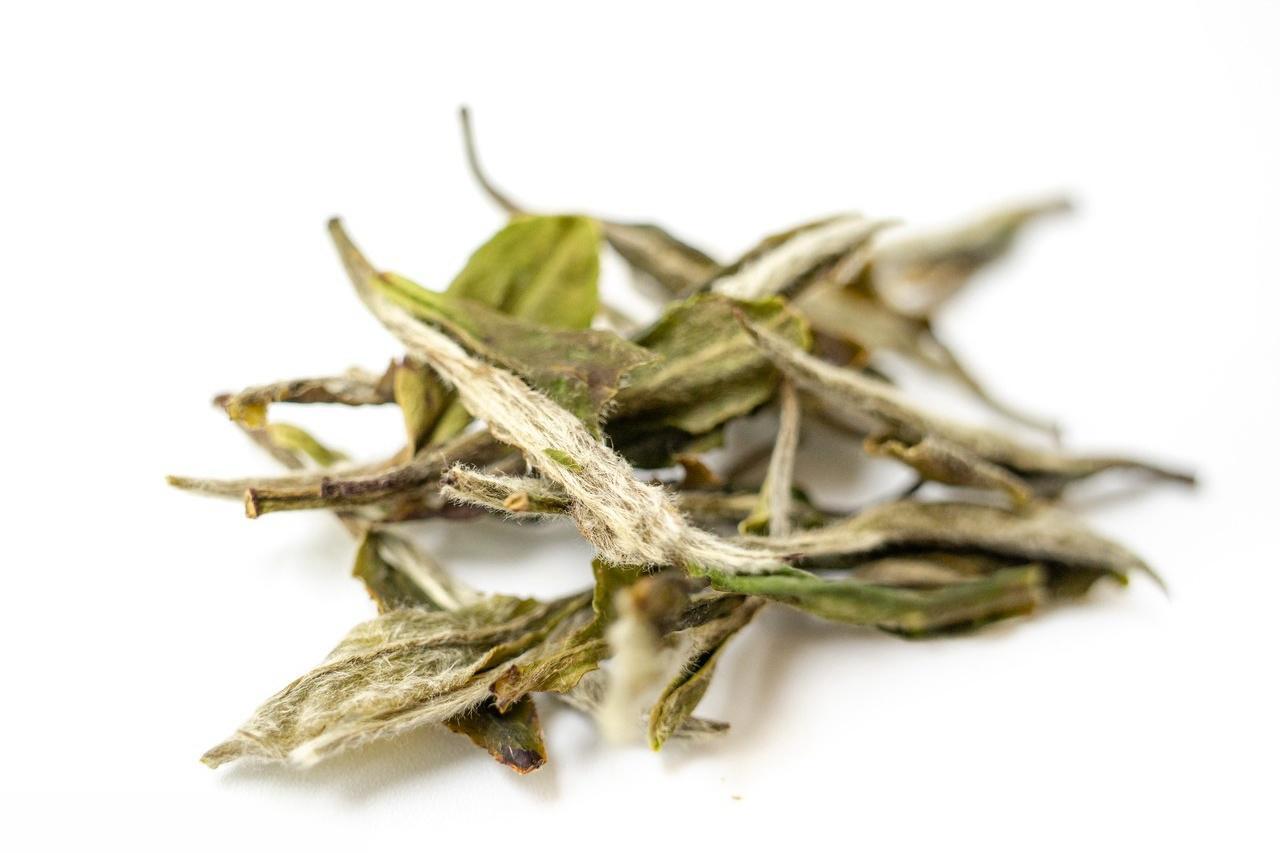
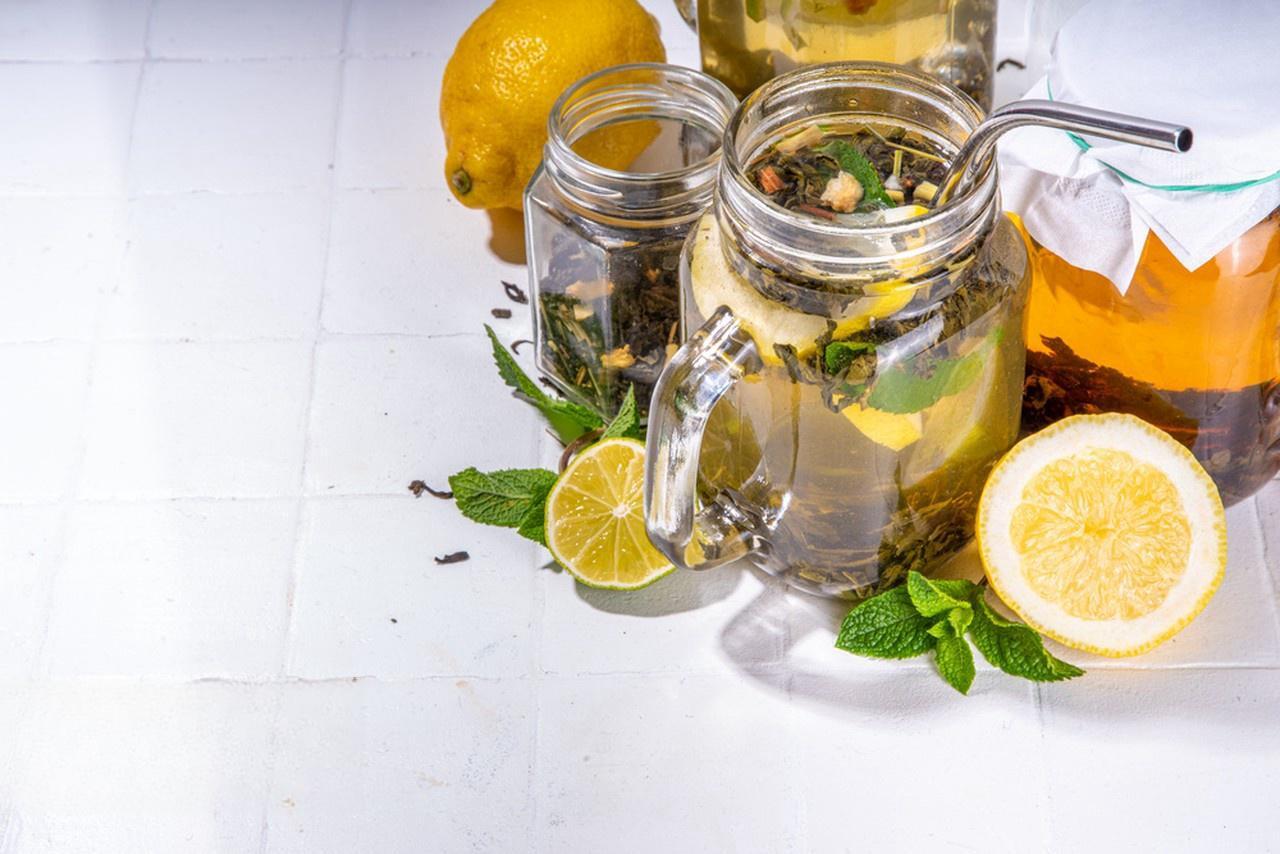
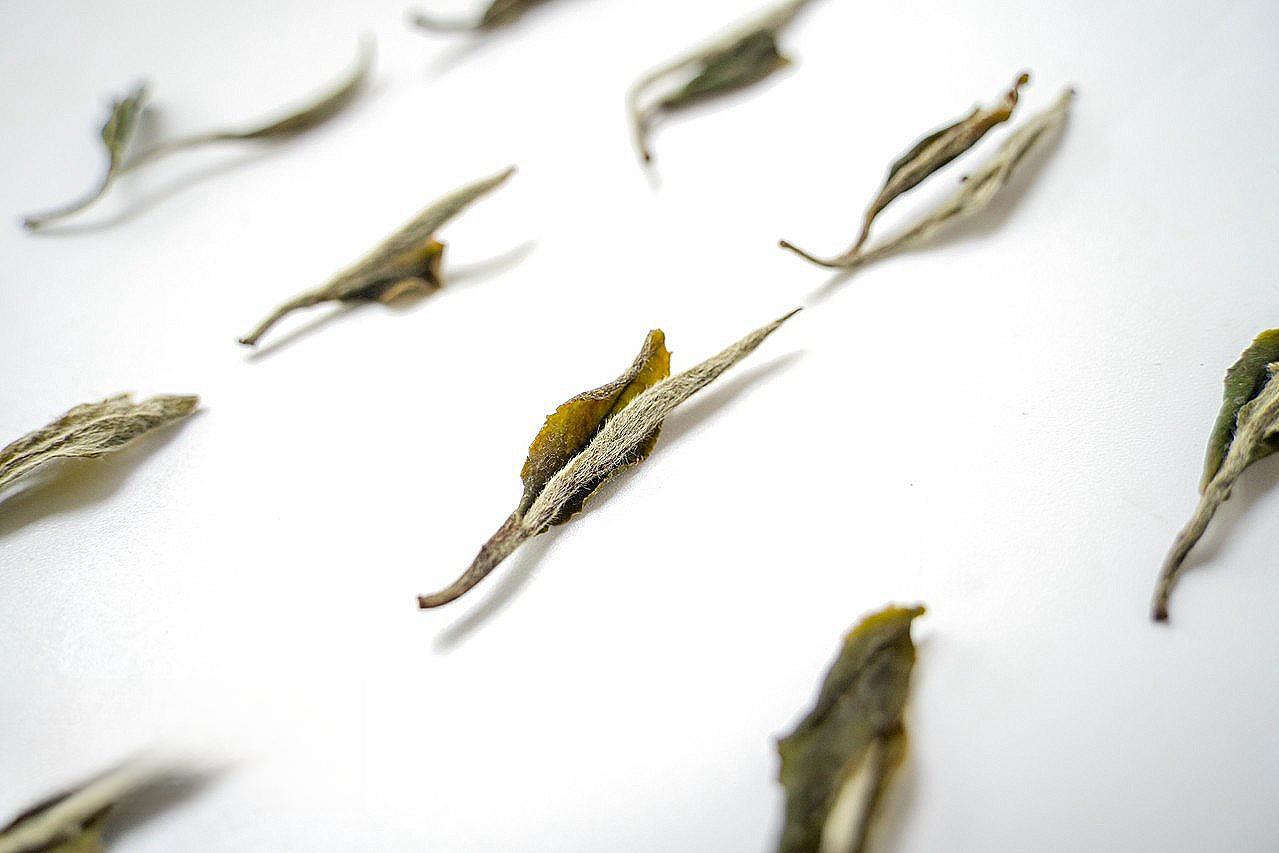
Leave a comment
All comments are moderated before being published.
This site is protected by hCaptcha and the hCaptcha Privacy Policy and Terms of Service apply.